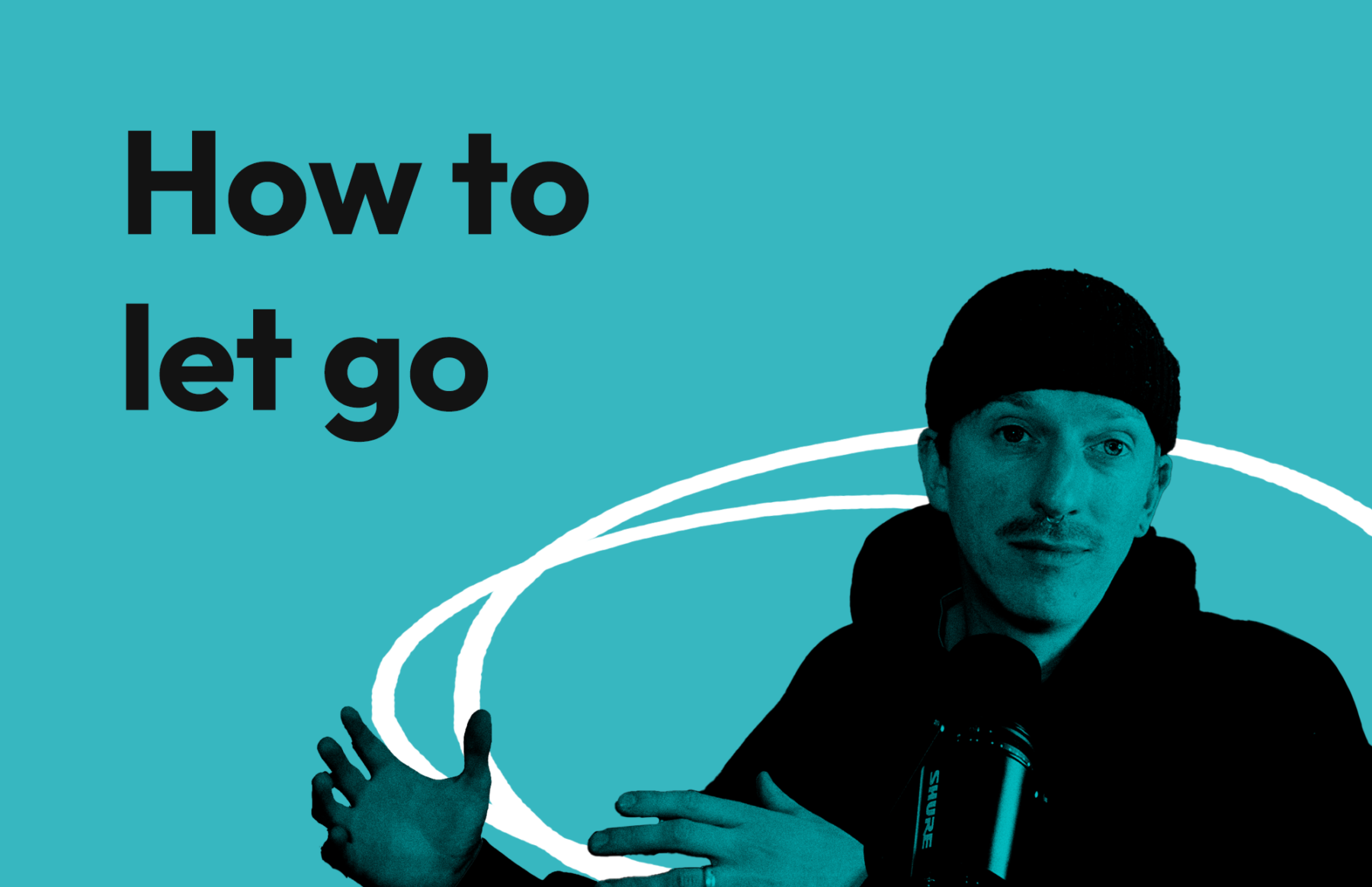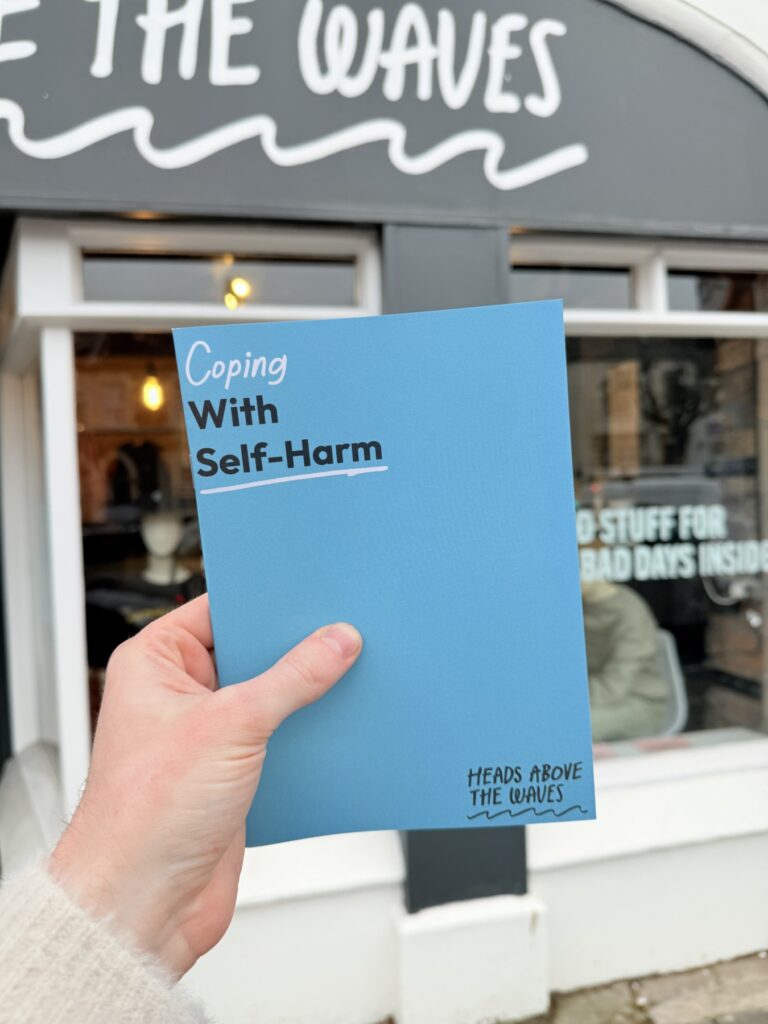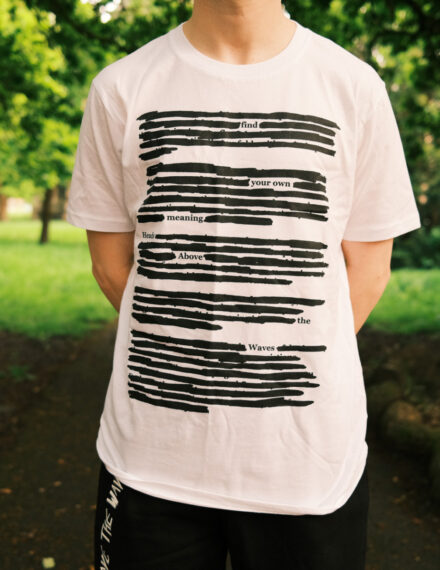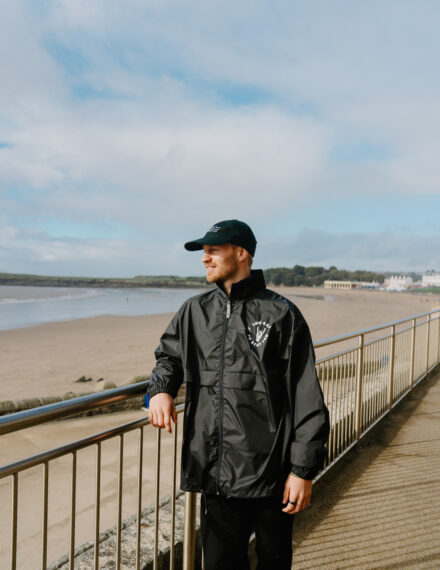How to Let Go
post by Si Martin

Something that I’ve struggled with most of my life is letting go, and moving on. Cuz I think people say that’s what you should do, but no one ever really tells you how to do it. And if you’ve ever been through something painful — a toxic relationship, trauma, self-destructive habits — you’ll know it’s never that easy.
So I’ve tried to learn a few tips on how to actually let go of the past, and I wanted to share them with you here. You can watch it in video form below (or click here if the video doesn’t work!) or read along below!
And I suppose before we get into it, I should of course, point out that all of this is just a surface level starting point, and the real key is to work through these things with a mental health professional.
So why is letting go so hard?
Research shows we’re more likely to remember stressful or traumatic events than the mundane daily details. Which I guess kinda makes sense. I don’t need to remember that I’ve done the dishes or brushed my teeth every morning. But from a survival standpoint, my caveman brain wants to remember that something was dangerous or challenging, so it knows to look out for it next time.
Our minds can ruminate – replaying what happened over and over – in some sort of attempt to try and make sense of it, or avoid getting hurt in the future. I guess it’s ultimately your brain trying to protect you… but it can end up being the thing that keeps you stuck. That’s why it can feel impossible to let go of that relationship, that version of yourself, or that thing that happened to you.
But here’s the thing: healing doesn’t necessarily mean forgetting. It means creating space for something new.
So here are 3 things that might actually help with that:
Feel and accept your emotions
Don’t bury them. This might feel kinda counterintuitive. But what you resist, persists. (clip THAT, chat). Pain, anger, sadness — they don’t just disappear because you pretend they’re not there.
Try and notice how it feels in your body when you feel these big emotions. Does it show up as like tension in your shoulders? Or like butterflies in your stomach? You might find it helpful to write about it – it’s why we include this exercise in our free resources (like our Coping With Self-Harm booklets!)
One study from UCLA found that simply naming emotions can reduce their intensity — because your brain starts processing them as information, not threats.
And importantly: feeling an emotion doesn’t mean acting on it.
You can feel anger without lashing out. You can feel sad without falling apart.
You might find it helpful to do something like setting a timer and saying “I’m gonna let myself be angry, or sad or whatever for 10 minutes” – you’re acknowledging that emotion, and giving it space, but also keeping it within a time frame, instead of letting it run away with you.
Letting go starts with allowing the feeling to exist, and trusting that it won’t take over your life.
Use rituals to help you release
This one’s backed by science too.
Studies have shown that rituals of closure — like burning a letter you never sent (carefully) burying a note, or even symbolically deleting old messages — can genuinely help us feel a sense of emotional release.
So if you’re holding onto pain, shame, or just the past:
✅ Write a letter to your old self and bury it.
✅ Rip up some old memory, like photographs or letters
✅ Close a journal and start a new one.
I even read about this one “empty chair” technique. Where you imagine the person who hurt you (or your old self, or whatever it is you need to let go of) is sitting in an empty chair. Then speak – or yell – everything that you need to say to that person, before you symbolically dismiss them from the chair and leave the room.
It might sound – and even look a bit odd – but actually physically processing things in these tangible ways can tell your mind that you’ve expressed what needed expressing.
And I suppose, super crucial point here – we wanna avoid harmful releases. You deserve healthy coping tools. And Heads Above The Waves is here to help you try and find them.
Make space
Letting go also means creating some distance between you and what’s keeping you stuck.
That could be physical distance – so like, limiting contact with a certain person, or giving yourself permission to avoid certain places that bring up painful memories. Or digital distance — unfollowing or muting accounts that make you spiral. And yes, that includes not looking up your ex’s instagram.
It could be creating a change in your environment. So if there’s something like photos, or gifts that are a constant reminder of the thing you’re trying to let go of, you could put those things in a box & out of sight.
You could even use one of those rituals I just mentioned to properly say goodbye to those things.
I guess you could think of it like cleaning out your wardrobe: you’ve got to clear out the old stuff if you want space for something new to move in. And so once you’ve created that space, the goal is to fill it with positive activities and connections. Doing the things, and spending the time with the people, that lift you up.
Final thought:
So like I said at the beginning, this is just a really simple introduction to how you might let go of the stuff that’s weighing you down.
There isn’t some quick fix – and you should always be wary of anyone who promises one. Because letting go isn’t a one-time thing. It’s a practice. And one that you don’t have to do alone.Talking to someone who’s trained to help you unpack all this is one of the best things you can do for your future self.
You’re not too broken. You’re not too far gone. And you don’t have to do it all today.
But you can start today. And making it to the end of this video is a great first step.
If you found this helpful
Then please consider picking up some of our Merch With a Message! It helps us continue to create stuff like this, and keep HATW as a resource for young people who are struggling with their mental health.
Enjoy this post? Feel free to share
More posi-content
Have you found a creative way of overcoming self-harm and keeping your head above the waves? Share your experiences to inspire others!
find out more




0 comment/s